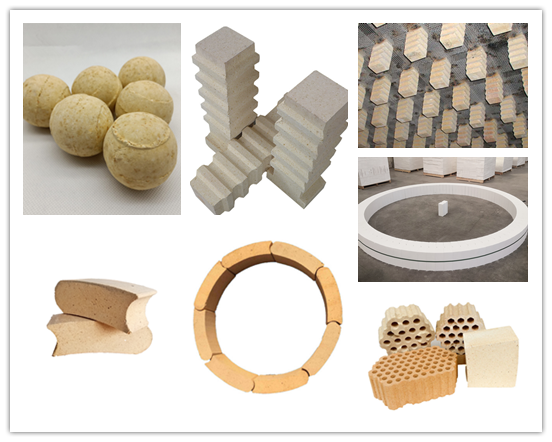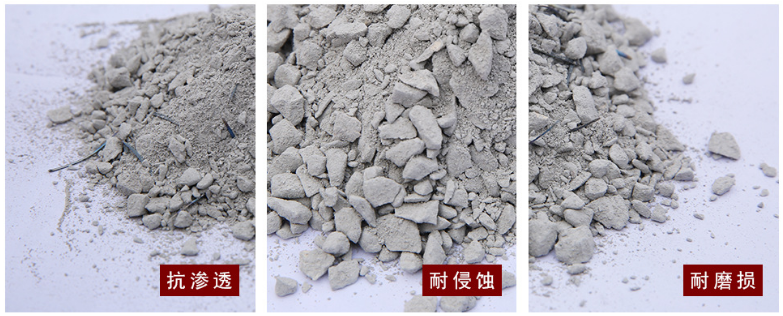
Popularly speaking, refractory castable is a kind of high-temperature-resistant concrete, so it also conforms to the theory of concrete. For example, the amount of water added is the fundamental reason for controlling whether the refractory castable can achieve the design strength. However, driven by profits, some construction parties will add a lot of water to the castable in order to speed up the construction progress during the construction of refractory castables, resulting in the use of the kiln refractory lining after the construction is much lower than the design requirements , Even after half a year of use, serious problems have occurred and must be overhauled (and for well-constructed refractory castables, there is no need for overhaul after 3 to 5 years of use).

We know that the investment in refractories accounts for a small proportion of the total investment in the construction of the plant (about 2% to 4%), but its impact on the future operation of the entire system is very large. The loss of a day’s shutdown due to refractory lining accidents can be as little as hundreds of thousands or even millions. Therefore, the high operating rate of the firing system can be ensured to achieve high-quality, high-yield, and low-consumption operation of the system. Therefore, the construction process control of refractory castables is particularly important. Usually we should strictly follow the following regulations.

First, the amount of water added to the castable should be strictly controlled in accordance with the instructions for use, and should not exceed the limit. On the premise of ensuring the construction performance, the amount of water added should be less than more.
Second, the mixing time of the castable is not less than 5min. When operating, use a compulsory mixer. When mixing, dry mix first, and then add 80% of the amount of water to stir. Then, depending on the degree of dryness and wetness, slowly add the remaining water and stir until Obtain a suitable working consistency.
Third, the pouring material poured into the mold frame should be immediately stratified with a vibrating rod. The height of each layer should not be greater than 300mm, and the vibration spacing should be 250mm. When vibrating, try to avoid touching the anchors and not damaging the heat insulation.
The vibrating rod should not be vibrated and re-vibrated on the same part for a long time. After seeing the surface of the castable, the vibrating rod should be slowly withdrawn to avoid segregation and voids in the castable layer.
Fourth, when pouring a large area, the construction should be divided into blocks. The pouring area of ??each block should be about 1.5m2. The expansion joints should be set according to the design and should not be omitted. The expansion joints should be set in the middle of the anchor interval.



















